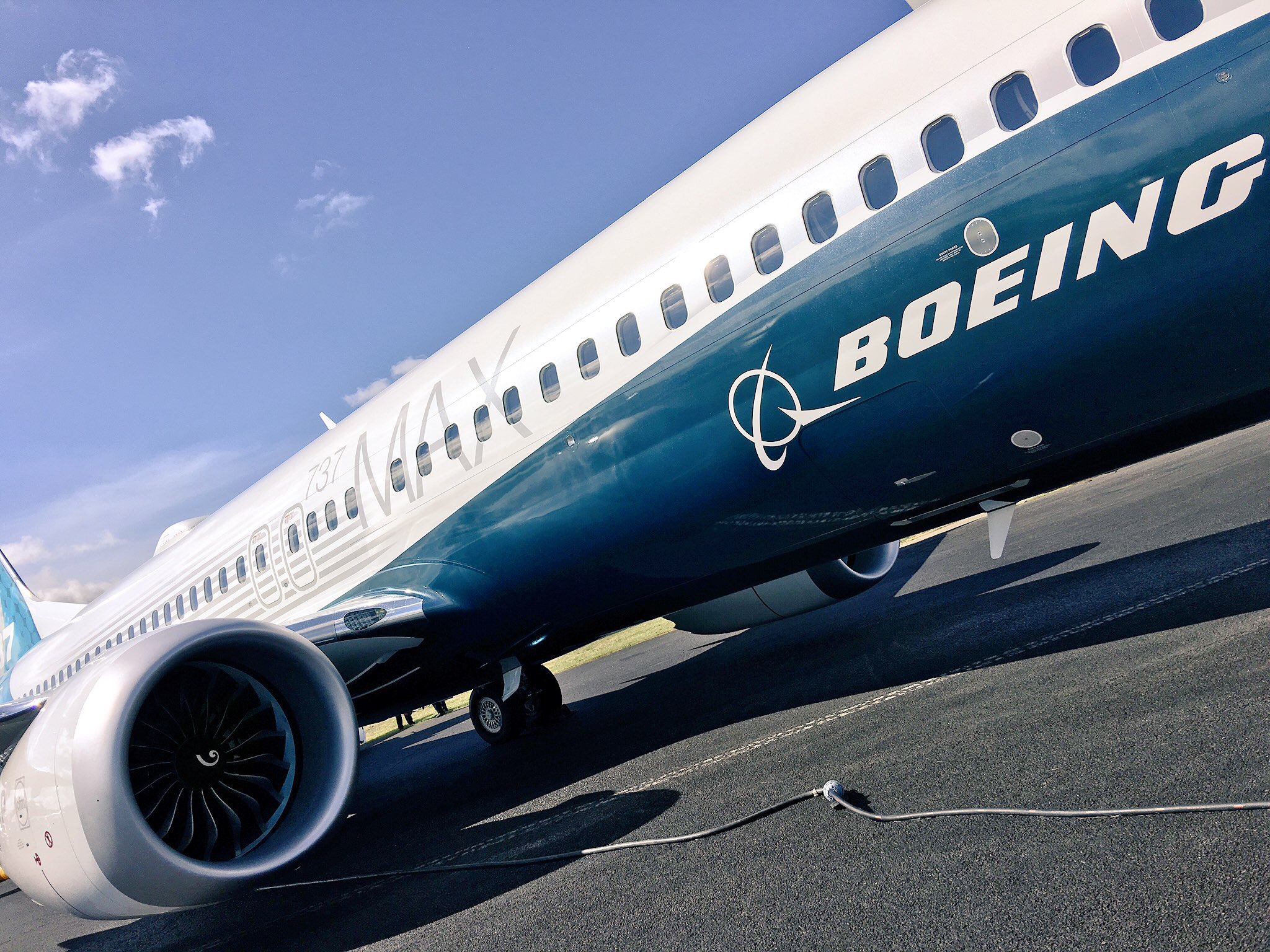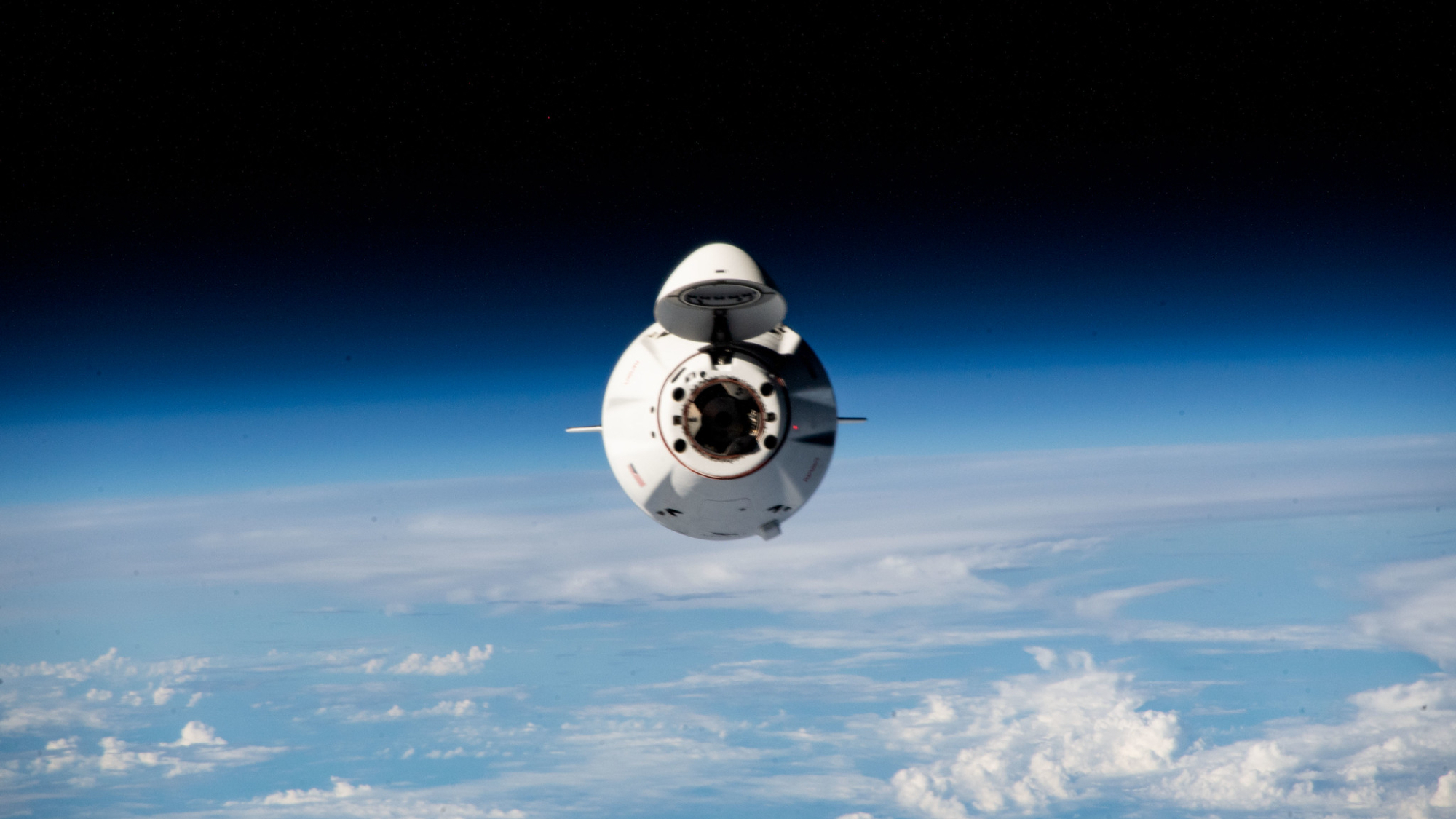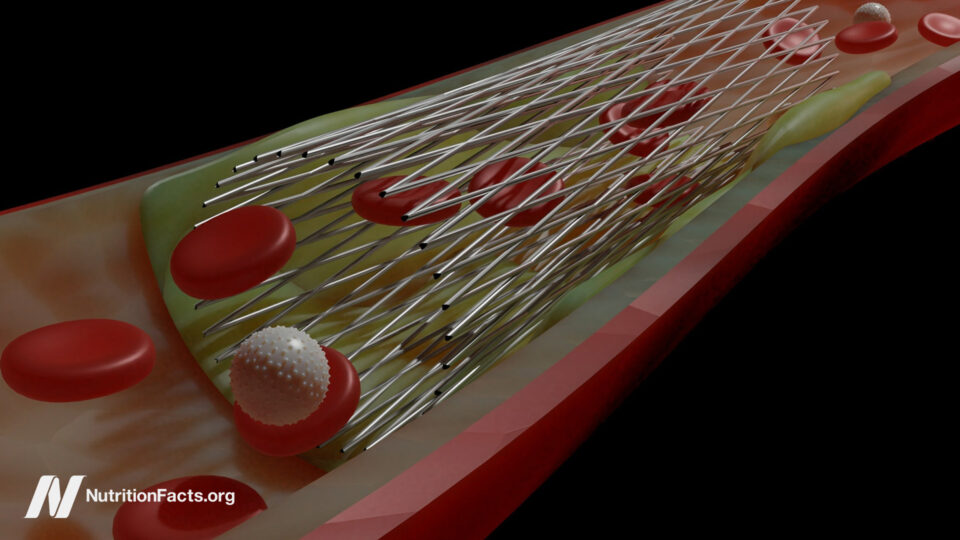Press Release: IBA analyzes impact of US-China dispute on aviation
The evolving trade dispute between the US and China still has a long way to go before we know where things ultimately settle. However, any large customers of the OEMs (aircraft and parts manufacturers) are unlikely to accept any further increase in purchase costs and will push deliveries out, find alternatives or push the impact... The post Press Release: IBA analyzes impact of US-China dispute on aviation appeared first on Runway Girl.

 The evolving trade dispute between the US and China still has a long way to go before we know where things ultimately settle. However, any large customers of the OEMs (aircraft and parts manufacturers) are unlikely to accept any further increase in purchase costs and will push deliveries out, find alternatives or push the impact back towards the OEM, according to leading aviation intelligence and advisory company IBA.
The evolving trade dispute between the US and China still has a long way to go before we know where things ultimately settle. However, any large customers of the OEMs (aircraft and parts manufacturers) are unlikely to accept any further increase in purchase costs and will push deliveries out, find alternatives or push the impact back towards the OEM, according to leading aviation intelligence and advisory company IBA.
The move this week by China to block further Boeing deliveries to its airlines adds to the ongoing tension that has been increasing for many years, and has already shifted more business towards Airbus.
The combination of the slow reactivation of the Boeing 737 MAX, trade disputes, Boeing safety concerns, and the very low Sino-US trans-Pacific traffic recovery already pre-dates recent escalation. Further breakdowns in relations between the US and China will derail any attempts in restoring direct flights, but could also affect indirect traffic currently routing through other Asia Pacific cities as overall demand reduces.
China’s Boeing backlog, and Airbus comparison
As of 15th April 2025, data from IBA Insight shows that mainland Chinese operators and lessors had 236 Boeing on backlog against an active fleet of 1,782, and 110 stored or parked Boeing aircraft.
That corresponds to around 3.7% of Boeing’s total backlog. That is down from 11% a decade ago. The last order by a Chinese operator for a Boeing passenger aircraft was in December 2017. Since then, only freighters have been ordered.
IBA Insight shows that of those 236 aircraft, 212 are for the Boeing 737, with most of the remainder sitting with the 787 (20), plus a handful for the 777 freighter (4).
In today’s aircraft market values, this backlog would equate to over US$15 billion.
Leading up to 2019, delivery rates from Boeing to Chinese carriers were strong, with 175 units delivering in 2018 alone. Since then, the combined total of deliveries made between 2019 and today equals just 142 units.
In comparison, Chinese operators and lessors have 305 Airbus aircraft on backlog, and a more consistent delivery profile that hasn’t fallen below 61 units per year since 2008. In direct comparison to Boeing, Airbus have delivered a combined total between 2019 and today of 526 units.
In terms of affected Chinese operators, the largest six (China Eastern, China Southern, Hainan Airlines, Air China, Okay Airways and Shenzhen Airlines) are included within the Boeing backlog, four of which are also part of the Airbus backlog to a greater degree.
Lease extensions on the horizon
Given the broadly 55:45 split of aircraft leased versus owned by Chinese carriers, it is highly probable that any near-term lease end discussions may turn towards extensions instead, with further growth potentially coming from an already tight leasing market overburdened with extension requirements.
What about aircraft already built for Chinese carriers?
Data from IBA Insight shows that so far this year, Boeing had delivered 18 aircraft to Chinese carriers by the end of March, with several deliveries already having taken place in April.
Of the 36 Boeing 737, 787 and 777 aircraft awaiting delivery, recent flight tests and factory activity suggests that 15 are nearing their delivery dates. Three aircraft are already in China prior to delivery, so they may avoid the block. However, the remaining 12 may not get through for the time being.
Should the block become more permanent, then it is reasonable to assume that delivery slots for aircraft yet to start final assembly can be allocated to other operators, as is done on a regular basis anyway. Both Airbus and Boeing regularly assess their skyline schedules to achieve maximum efficiency.
It is too early to determine what would happen to those already assembled, though. Boeing have plenty of experience in re-selling aircraft that are not taken up by failed operators, but this is not a normal situation as the operators remain active.
Impact on aircraft parts and services, and effect on airlines
Aside from the delivery of new aircraft, the tariff escalation is also likely to impact the movement of parts and services that originate from the USA to maintain the current fleet. While the global support network can potentially offer alternative solutions, given the age of the Boeing 737 MAX program, some new systems may still require support to come from the US.
Given the recent wider tariff turmoil, most airlines and MROs (maintenance, repair and overhaul) providers across all regions are actively exploring alternative options should the need arise to maintain continuity and avoid sudden price increases. Airlines are already behind the curve on maintenance after the global pandemic, and these new costs would come in at a point when costs are already high.
This increased uncertainty is likely to introduce a strategic pause in airline fleet planning. This may delay capacity decisions and staff development, adding stress to already stretched supply lines.
All this comes amid rising recession concerns. If demand weakens alongside rising costs, airline margins will come under further pressure, especially in corporate travel.
An opportunity for COMAC?
Aside from Airbus and Boeing, there is also the growth of COMAC to consider. Whilst orders have been steadily increasing for COMAC’s C919 aircraft, the type still uses a derivative of the LEAP engine built by the GE-Snecma consortium, CFM. Whilst 50% of CFM is French, the construction of the engine is a joint process. Further trade disputes could jeopardise the delivery of the LEAP 1C, along with other US-made onboard equipment, and hamper output. This may further drive Chinese operators to adopt the Chinese-built CJ-1000A instead.
IBA doesn’t see COMAC being able to take up the slack in the near-term as delivery rates remain at levels much lower than Boeing was providing. Whilst it is likely that COMAC has enough inventory to cover near-term deliveries, there will come a point when inventories of US-sourced components will become depleted. The urgency to improve delivery rates will likely intensify.
It is important to note that continued disruptions in trade, coupled with general de-globalisation, will add further impetus for China to develop a more sustainable source of home-built aircraft not reliant on Western suppliers.
We have already seen the effect of the gradual move from Boeing towards Airbus, and also COMAC, over recent years and will likely continue going forward, irrespective of the outcome of this dispute. However, this is not a short-term process and is likely to take many years to achieve.
About IBA:
IBA is the leading aviation intelligence and advisory company. Visit www.iba.aero for more information.
All data quoted should be sourced to IBA Insight, the ultimate aviation intelligence platform.
Featured image credited to John Walton
The post Press Release: IBA analyzes impact of US-China dispute on aviation appeared first on Runway Girl.
















_Brain_light_Alamy.jpg?width=1280&auto=webp&quality=80&disable=upscale#)




















































